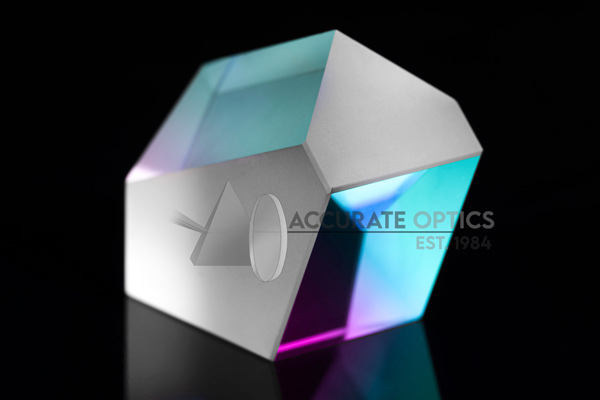Optical Coatings: What They Are and How They Work
Optical coatings are a seemingly undetectable yet transforming component that is frequently responsible for accuracy and efficiency in the field of optics. When carefully applied to different optical surfaces, these specialty coatings have the ability to manipulate light in a way that enhances performance, clarity, and functionality in a wide range of optical devices. Let’s go out on a quest to clarify the optical coatings industry.
What Are Optical Coatings?
Optical coatings are thin layers of materials strategically applied to optical surfaces such as lenses, mirrors, prisms, and filters. These coatings modify the way light interacts with these surfaces, altering properties such as reflectance, transmission, and absorption.
The Science Behind Optical Coatings
Optical coatings are crafted using thin layers of various materials, including dielectric compounds, metals, and nanoparticles. These layers are meticulously deposited onto optical surfaces through methods like physical vapor deposition (PVD) or chemical vapor deposition (CVD). The thickness and composition of these layers are precisely engineered to interact with light waves in specific ways.
Functions and Specializations
Anti-Reflective Coatings (AR Coatings): These coatings minimize surface reflections by creating a gradual transition between air and the optical material. By reducing reflections, they enhance light transmission, improve contrast, and clarity, particularly in eyeglasses, camera lenses, and scientific instruments.
Reflective Coatings: Reflective coatings are designed to amplify or direct light. For example, telescope mirrors and laser components utilize highly reflective coatings to efficiently capture or redirect light for observation or amplification.
Dielectric Coatings: Dielectric coatings are engineered to control the transmission or reflection of light at specific wavelengths or across broad spectral ranges. They are integral in optical filters, beam splitters, and laser optics, offering precise control over the behavior of light.
Protective Coatings: Optical surfaces are susceptible to scratches, abrasions, and environmental damage. Protective coatings provide a resilient barrier, preserving the integrity of these surfaces and ensuring long-term optical performance.
Hydrophobic and Oleophobic Coatings: These coatings repel water, oils, and other contaminants, preventing them from adhering to the surface. They are invaluable in applications where maintaining optical clarity in challenging environments is critical.
Applications Across Industries
The impact of optical coatings spans various industries:
– Consumer Electronics: AR coatings on screens, camera lenses, and eyeglasses improve visual quality.
– Healthcare: Imaging devices and surgical optics benefit from coatings that enhance clarity and precision.
– Aerospace: Reflective coatings enable high-performance telescopes and optical sensors in spacecraft.
– Telecommunications: Dielectric coatings optimize the efficiency of fiber optics and signal transmission.
Advancements and Future Trends
Continual research and technological advancements drive the evolution of optical coatings. Future developments aim for even thinner, more durable coatings with increased efficiency. Innovations also focus on environmentally friendly materials and coatings tailored to support emerging technologies like augmented reality and LiDAR systems.
Conclusion:
Optical coatings are the silent architects behind the stunning performance and precision of countless optical devices. Their ability to manipulate light with finesse, clarity, and functionality defines the boundaries of modern technology. As the quest for innovation continues, the ongoing evolution of optical coatings promises to unlock new horizons, ensuring that future optical devices continue to harness light’s full potential with unparalleled precision and efficiency.
Important FAQs:
1. What are Optical Coatings?
– Optical coatings are thin layers of material applied to optical surfaces to alter their transmission, reflection, or absorption properties.
2. How Do Optical Coatings Work?
– Optical coatings work by selectively manipulating the behavior of light waves that interact with them, controlling factors such as reflectivity, transmission, and polarization.
3. What Types of Optical Coatings Exist?
– There are various types of optical coatings, including anti-reflective coatings, high reflectivity coatings, polarizing coatings, dichroic coatings, and bandpass filters, each designed for specific applications and optical properties..
4. Can Optical Coatings Improve Laser Performance?
– Yes, optical coatings can improve laser performance by enhancing beam quality, reducing losses, and controlling the laser’s spectral characteristics.
5. How Are Optical Coatings Deposited onto Surfaces?
– Optical coatings are typically deposited onto surfaces using techniques such as physical vapor deposition (PVD), chemical vapor deposition (CVD), sputtering, or thermal evaporation, ensuring precise control over coating thickness and uniformity.
Thank you for exploring our FAQs on optical coatings! If you have any further questions or topics you’d like to learn about, feel free to reach out.









2 Comments